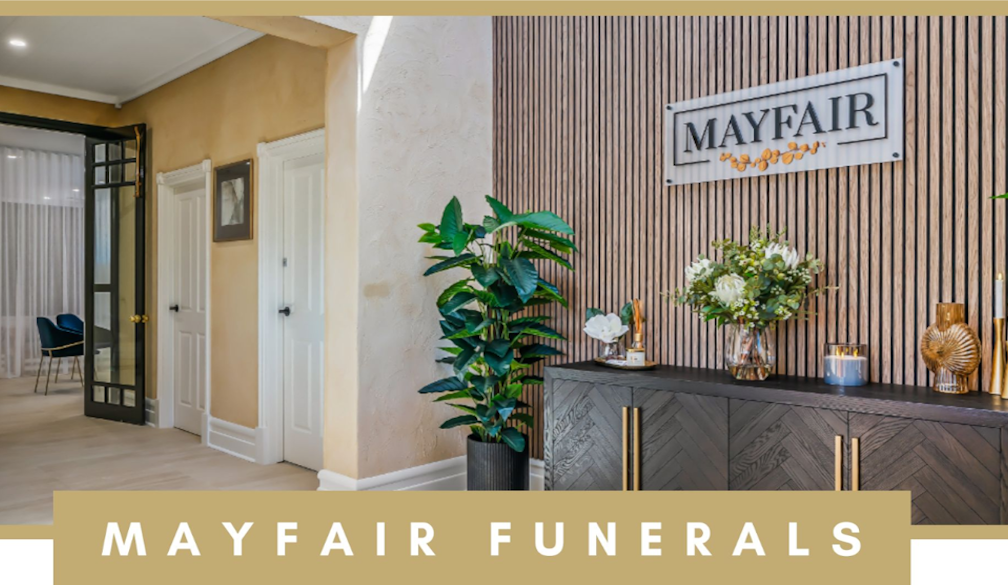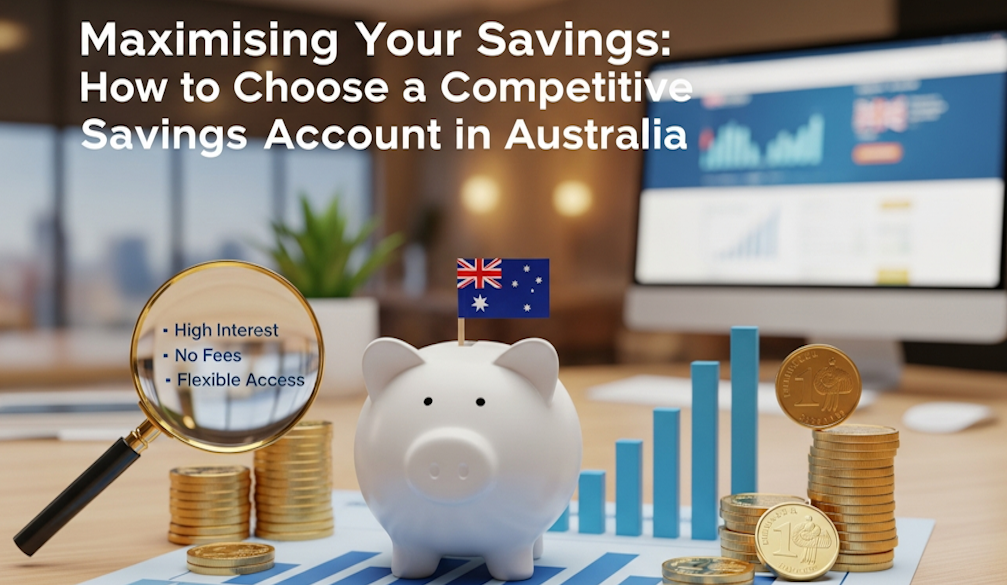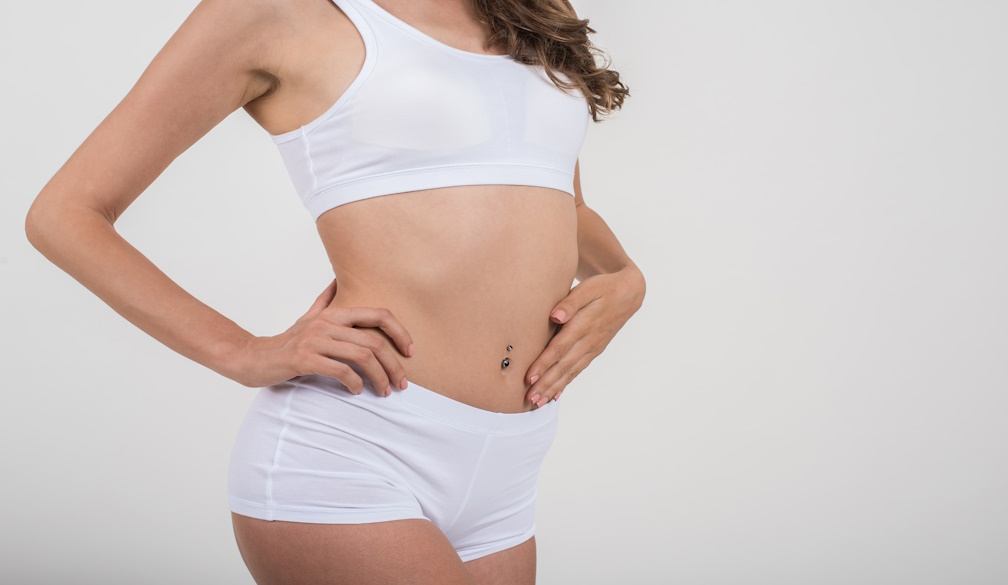Beloved beaches were washed offshore by Cyclone Alfred – but most of this sand will return
- Written by Javier Leon, Associate Professor in Physical Geography, University of the Sunshine Coast

For many people, the most visible impact of Cyclone Alfred was the damage big waves and storm surge did to their local beaches.
Beaches in southeast Queensland and northeast New South Wales are now scarred by dramatic sand cliffs, including the tourist drawcard of Surfers Paradise.
Sand islands off Brisbane – Bribie, Moreton and North Stradbroke – protected the city from the worst of the storm surge. But they took a hammering doing so, reducing their ability to protect the coastline.
The good news is, the sand isn’t gone forever. Most of it is now sitting on sandbars offshore. Over time, many beaches will naturally replenish. But sand dunes will take longer. And there are areas where the damage will linger.
Why did it do so much damage?
Cyclone Alfred travelled up and down the coast for a fortnight before crossing the mainland as a tropical low. On February 27, it reached Category 4 offshore from Mackay. From here on, the cyclone’s intense winds whipped up very large swells.
By the time the cyclone started heading towards the coast, many beaches had already been hit by erosion-causing waves. This meant they were more vulnerable to storm surge and further erosion.
As Alfred moved west to make landfall, it coincided with one of the the year’s highest tides. As a result, many beaches have been denuded of sand and coastal infrastructure weakened in some places.
Which beaches were hit hardest?
Areas south of the cyclone’s track have been hit hardest, from the Gold Coast to the Northern Rivers.
Some beaches and dunes have significantly eroded. Peregian Beach south of Noosa has lost up to 30 metres of width.
Erosion cliffs, or “scarps”, up to 3 metres high have appeared on the Gold Coast. It exposed sections of the last line of coastal defence – a buried seawall known as the A-line, constructed following large storms in the 1970s.
Up and down the Gold Coast, most dunes directly behind beaches (foredunes) have been affected by storm surge of up to 0.5 metres above the high tide mark and eroded. Even established dunes further inland have been eroded.
Where did the sand go?
In just a week, millions of tonnes of sand on our beaches seemingly disappeared. Where did it go?
Beaches change constantly and are very resilient. As these landforms constantly interact with waves and currents, they adapt by changing their shape.
When there’s a lot of energy in waves and currents, beaches become flatter and narrower. Sand is pulled off the beaches and dunes and washed off offshore, where it forms sandbars. These sandbars actually protect the remaining beach, as they make waves break further offshore.
Dunes form when sand is blown off the beach on very windy days and lands further inland. Over time, plants settle the dune. Their roots act to stabilise the sand.
Healthy dunes covered in vegetation are normally harder to erode. But as beaches are washed away during large storms and the water level rises, larger waves can directly attack dunes.
The tall erosion scarps have formed because dunes have been eaten away. In some areas, seawater has flooded inland, which may damage dune plants.



















